PPT-Grammar for Writing: The Power of Talk
Author : Moonlight | Published Date : 2022-08-02
Debra Myhill All art is achieved through the exercise of a craft and every craft has its rudiments that must be taught Fairfax and Moat 1998 Introduction Aims of
Presentation Embed Code
Download Presentation
Download Presentation The PPT/PDF document "Grammar for Writing: The Power of Talk" is the property of its rightful owner. Permission is granted to download and print the materials on this website for personal, non-commercial use only, and to display it on your personal computer provided you do not modify the materials and that you retain all copyright notices contained in the materials. By downloading content from our website, you accept the terms of this agreement.
Grammar for Writing: The Power of Talk: Transcript
Download Rules Of Document
"Grammar for Writing: The Power of Talk"The content belongs to its owner. You may download and print it for personal use, without modification, and keep all copyright notices. By downloading, you agree to these terms.
Related Documents

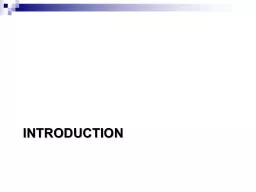
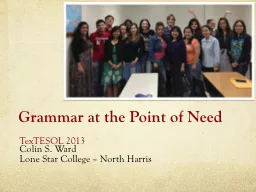
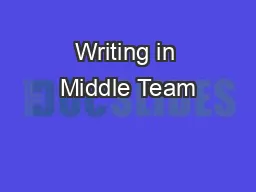
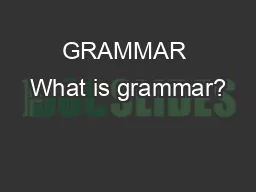
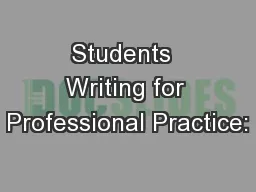
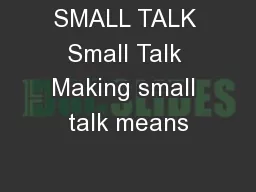
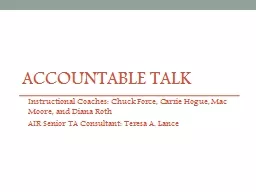
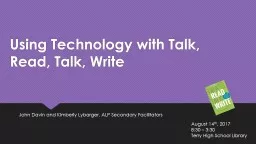
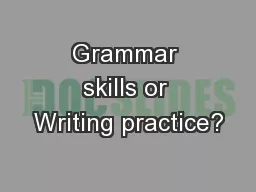
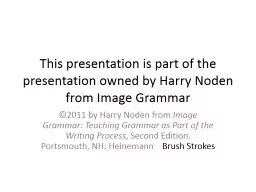

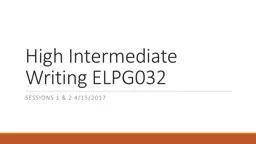
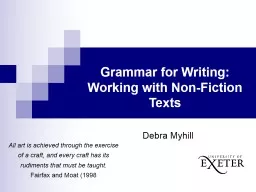
![[EPUB] - Scholastic Success With Grammar, Grade 1 (Scholastic Success with Workbooks:](https://thumbs.docslides.com/900905/epub-scholastic-success-with-grammar-grade-1-scholastic-success-with-workbooks-grammar.jpg)